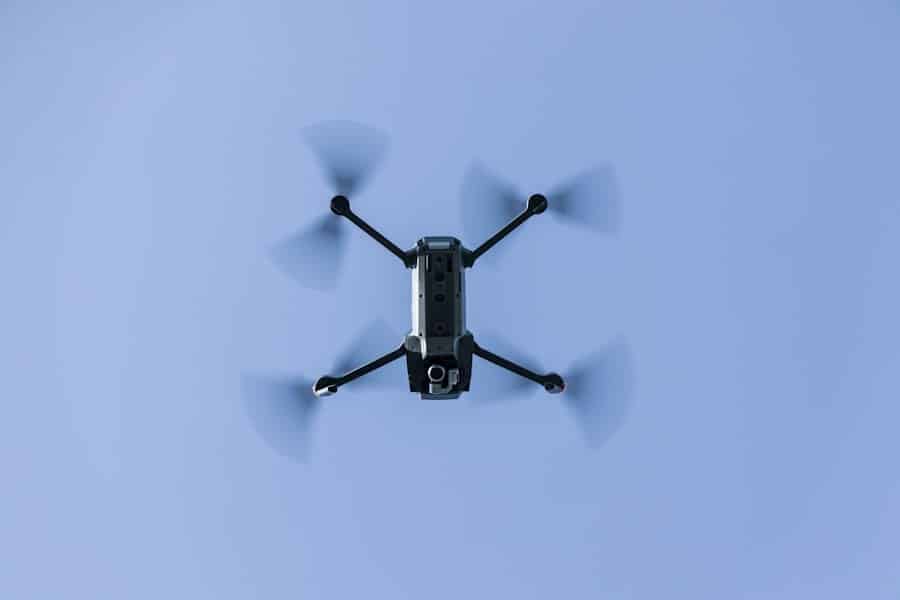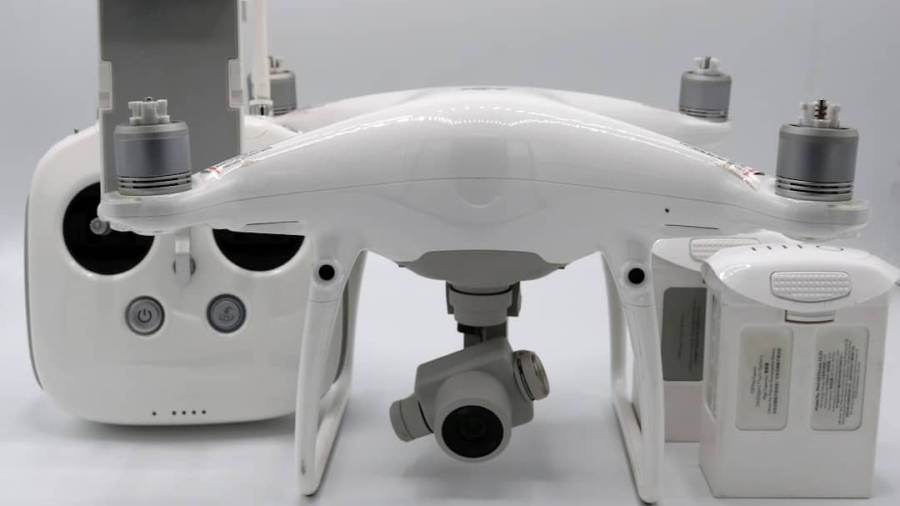The health of the world’s oceans is a pressing concern, as they are increasingly threatened by pollution, particularly plastic waste. Ocean cleanup initiatives have emerged as a response to this crisis, aiming to restore marine ecosystems and protect biodiversity. These initiatives encompass a wide range of strategies, from grassroots movements to high-tech solutions, all designed to address the growing problem of marine debris.
The urgency of these efforts is underscored by alarming statistics: it is estimated that over 8 million tons of plastic enter the oceans each year, leading to dire consequences for marine life and human health. Various organizations and projects have sprung up globally, each with unique approaches to tackling ocean pollution. Some focus on direct cleanup efforts, while others emphasize prevention and education.
Notable examples include The Ocean Cleanup, which employs innovative technologies to remove plastic from the Great Pacific Garbage Patch, and local community initiatives that mobilize volunteers for beach cleanups. These diverse efforts highlight the multifaceted nature of ocean conservation, where technology, community engagement, and policy advocacy intersect to create a comprehensive response to marine pollution.
Key Takeaways
- Ocean cleanup initiatives are crucial for addressing the growing problem of marine debris and pollution.
- Drones play a key role in monitoring ocean pollution by providing real-time data and imagery of coastal areas and marine environments.
- Artificial intelligence is being used to identify and track marine debris, making it easier to locate and clean up ocean waste.
- Satellite technology is essential for mapping ocean garbage patches, providing valuable information for cleanup efforts and policy-making.
- Robotics and autonomous vehicles are being developed to clean up ocean waste, offering innovative solutions for tackling marine pollution.
The Role of Drones in Monitoring Ocean Pollution
Drones have revolutionized the way we monitor environmental conditions, including ocean pollution. Equipped with high-resolution cameras and sensors, these unmanned aerial vehicles can cover vast areas of coastline and open water, providing real-time data on pollution levels and distribution. Their ability to access hard-to-reach areas makes them invaluable for tracking marine debris and assessing the effectiveness of cleanup efforts.
For instance, researchers have utilized drones to identify hotspots of plastic accumulation along coastlines, enabling targeted cleanup operations. Moreover, drones can be deployed in conjunction with other technologies to enhance data collection. For example, they can work alongside satellite imagery to provide a more comprehensive view of ocean health.
By integrating drone data with machine learning algorithms, scientists can analyze patterns in pollution and predict future trends. This synergy between aerial surveillance and data analytics not only improves our understanding of ocean pollution but also informs policy decisions aimed at mitigating its impact.
Using Artificial Intelligence to Identify and Track Marine Debris

Artificial intelligence (AI) has emerged as a powerful tool in the fight against ocean pollution, particularly in identifying and tracking marine debris. Machine learning algorithms can analyze vast datasets from various sources, including satellite imagery and drone footage, to detect plastic waste in the ocean. For instance, researchers have developed AI models that can differentiate between types of debris, such as microplastics and larger items, allowing for more targeted cleanup strategies.
In addition to identification, AI can also play a crucial role in tracking the movement of marine debris. By analyzing ocean currents and wind patterns, AI systems can predict where debris is likely to accumulate over time. This predictive capability enables cleanup organizations to allocate resources more efficiently and focus their efforts on areas that are most affected by pollution.
The integration of AI into ocean cleanup initiatives represents a significant advancement in our ability to combat marine debris effectively.
Satellite Technology for Mapping Ocean Garbage Patches
Satellite technology has transformed our understanding of oceanic environments, particularly in mapping garbage patches—concentrated areas of marine debris. Satellites equipped with advanced sensors can capture images and data that reveal the extent and distribution of plastic waste across the oceans.
The ability to map garbage patches from space provides critical insights into the scale of the problem. Researchers can analyze satellite data to identify trends over time, such as the growth or reduction of specific garbage patches. This information is vital for informing cleanup strategies and assessing the effectiveness of ongoing efforts.
Furthermore, satellite technology allows for global monitoring, enabling scientists and policymakers to collaborate on international initiatives aimed at reducing ocean pollution.
Robotics and Autonomous Vehicles for Cleaning Up Ocean Waste
Robotics and autonomous vehicles are at the forefront of innovative solutions for cleaning up ocean waste. These technologies are designed to operate in challenging marine environments, where human intervention may be limited or dangerous. Autonomous surface vehicles (ASVs) and underwater drones are being developed to collect plastic debris efficiently while minimizing disruption to marine ecosystems.
For instance, The Ocean Cleanup’s System 001 employs a floating barrier system that uses natural ocean currents to concentrate plastic waste for easier collection. The use of robotics not only enhances the efficiency of cleanup operations but also reduces costs associated with manual labor. These machines can operate continuously, collecting data on pollution levels while simultaneously removing debris from the water.
Additionally, advancements in robotics allow for the development of specialized tools that can target specific types of waste or operate in varying depths of water. As these technologies continue to evolve, they hold great promise for significantly reducing the amount of plastic waste in our oceans.
Crowdsourcing and Citizen Science Apps for Monitoring Coastal Pollution

Crowdsourcing has emerged as a powerful method for engaging communities in monitoring coastal pollution. Citizen science apps enable individuals to contribute valuable data on pollution levels in their local areas. These platforms allow users to report sightings of marine debris, track changes over time, and participate in cleanup events.
For example, apps like “Marine Debris Tracker” empower users to log their findings while providing researchers with critical information about pollution hotspots. The benefits of crowdsourcing extend beyond data collection; they foster a sense of community involvement and awareness regarding ocean conservation issues. By encouraging individuals to take an active role in monitoring their environment, these initiatives promote stewardship and responsibility towards marine ecosystems.
Furthermore, the aggregated data from citizen science efforts can complement scientific research, providing a broader understanding of pollution patterns and trends that may not be captured through traditional methods alone.
Blockchain Technology for Tracking and Tracing Ocean Cleanup Efforts
Blockchain technology is increasingly being explored as a means to enhance transparency and accountability in ocean cleanup efforts. By creating a decentralized ledger that records every transaction related to cleanup activities—such as donations, volunteer hours, and waste collected—stakeholders can ensure that resources are being used effectively. This level of transparency is crucial for building trust among donors, volunteers, and organizations involved in ocean conservation.
Moreover, blockchain can facilitate collaboration among various entities working towards similar goals. For instance, organizations can share data on cleanup efforts through a secure blockchain network, allowing for better coordination and resource allocation. This interconnectedness can lead to more efficient strategies for tackling ocean pollution on a global scale.
As blockchain technology continues to mature, its application in environmental conservation could revolutionize how we approach complex challenges like ocean cleanup.
The Future of Tech in Ocean Conservation and Cleanup
The future of technology in ocean conservation and cleanup is poised for significant advancements as innovation continues to drive new solutions for environmental challenges. Emerging technologies such as machine learning, advanced robotics, and satellite monitoring will likely become even more integrated into comprehensive strategies aimed at reducing marine pollution. As these tools evolve, they will enable more precise tracking of pollution sources and more effective cleanup operations.
Furthermore, collaboration between governments, non-profit organizations, tech companies, and local communities will be essential in scaling these initiatives globally. By leveraging technology alongside grassroots movements and policy advocacy, we can create a multifaceted approach that addresses both the symptoms and root causes of ocean pollution. The potential for technology to transform our understanding and management of marine environments is immense; as we harness these innovations responsibly, we can work towards healthier oceans for future generations.
One related article to “How Tech Is Supporting Ocean Cleanup Initiatives” is “Best Software for 2D Animation” which discusses the various tools and software available for creating animations. This article highlights the importance of technology in creative endeavors and how it can be utilized to bring awareness to important causes such as ocean cleanup initiatives. To learn more about the best software for 2D animation, check out the article here.
FAQs
What are ocean cleanup initiatives?
Ocean cleanup initiatives are efforts to remove plastic and other debris from the world’s oceans in order to reduce pollution and protect marine life.
How is technology being used to support ocean cleanup initiatives?
Technology is being used to support ocean cleanup initiatives in a variety of ways, including the development of autonomous drones and boats to collect and remove debris, the use of advanced sensors and cameras to locate and track pollution hotspots, and the creation of innovative recycling and waste management systems.
What are some examples of tech-based solutions for ocean cleanup?
Some examples of tech-based solutions for ocean cleanup include the development of the Ocean Cleanup Project’s passive plastic collection system, the use of satellite imaging and machine learning algorithms to track and predict the movement of ocean debris, and the deployment of underwater robots to collect and remove trash from the ocean floor.
How effective are tech-based solutions for ocean cleanup?
Tech-based solutions for ocean cleanup have shown promise in effectively removing large amounts of plastic and other debris from the ocean. However, ongoing research and development are needed to improve the efficiency and scalability of these technologies.
What are the potential benefits of using technology for ocean cleanup initiatives?
Using technology for ocean cleanup initiatives can help to reduce the environmental impact of plastic pollution, protect marine ecosystems and wildlife, and promote sustainable waste management practices. Additionally, tech-based solutions can help to raise awareness and inspire action to address the global issue of ocean pollution.

